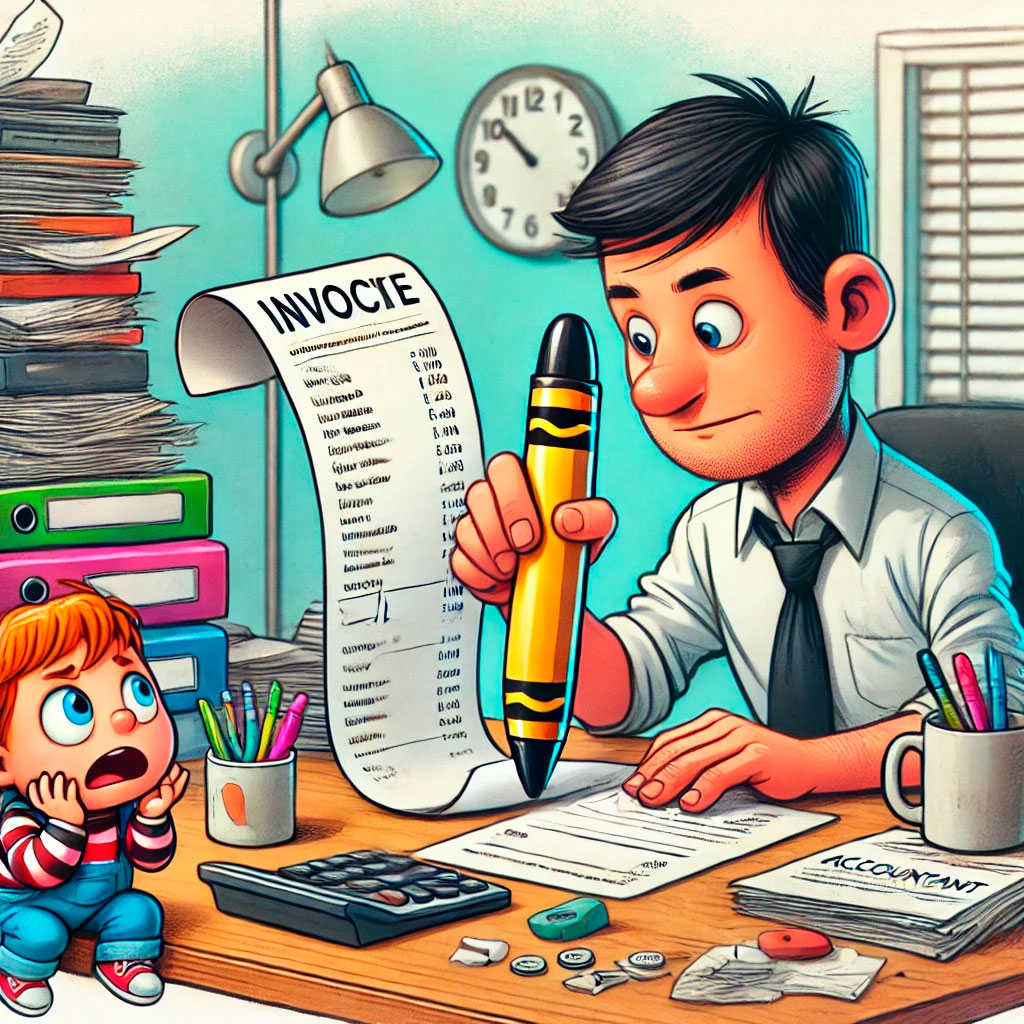Category: Glossary
-

OPEX
What is OPEX? Operating expenses (OPEX) are the everyday costs a business incurs to keep running. These expenses are recorded in the accounting books when they happen and directly affect the company’s profits and cash flow. Unlike capital expenditures (CAPEX), which are for long-term assets that get depreciated over time, OPEX covers immediate costs. There’s…
-

Negative Churn Rate
Negative Churn Rate Meaning A negative churn rate occurs when the revenue gained from existing customers (through upgrades, add-ons, or expansions) exceeds the revenue lost from customers leaving or downgrading. So, even after some customers leave, the overall revenue from existing customers still increases. This phenomenon is also known as “revenue expansion” or “negative revenue…
-

Monthly Active Users (MAU)
What is MAU? Simple Definition: Monthly Active Users (MAU) is a metric that counts the number of unique users who engage with a product or service within a 30-day period. Key Points: Counts each user only once, even if they use the product multiple times Typically measured over a calendar month Requires defining what “active”…
-

Deferred Revenue
Deferred Revenue in SaaS Deferred revenue is the amount a SaaS (Software as a Service) company has billed its customers but hasn’t yet counted as actual revenue. SaaS companies don’t recognize all the revenue immediately when they bill a customer. Instead, they spread it out over the duration of the customer contract. It’s like saying,…
-

Churn Rate
What is Churn Rate? Simple Definition: Churn rate is the percentage of customers who stop using your product or service during a specific time period. It’s like measuring how many customers wave goodbye and walk away. Why Churn Rate Matters Cost Impact Acquiring new customers costs 5-25 times more than keeping existing ones Lost revenue…
-

CAPEX in Software Development
What is CAPEX in Software Development? Capital Expenditures (CAPEX) in software development refer to the money spent on creating or acquiring software assets that will benefit a business over the long term. Common Types of CAPEX in Software Development Software Development Costs: These expenses cover creating new software applications or making significant upgrades to existing…
-

CAPEX in SaaS Companies
Understanding CAPEX in SaaS SaaS (Software as a Service) companies typically rely less on physical equipment compared to traditional businesses. Instead, their capital expenditures (CAPEX) focus on technology and infrastructure to support their digital offerings. Common Types of CAPEX in SaaS Companies 1. Software Development Costs What It Covers: Creating the core product or…
-

CAPEX
What Are Capital Expenditures (CAPEX)? Capital Expenditures, or CAPEX, represent the money businesses spend to acquire or upgrade their long-term assets, such as buildings, technology, or equipment. Unlike everyday expenses (OPEX), CAPEX is treated as a long-term investment and appears on the balance sheet rather than the income statement. Common Types of CAPEX Buying Property:…
-

Bookings
Bookings in SaaS Bookings in a SaaS (Software as a Service) business are the total value of all customer contracts signed or orders received in a specific period, no matter when the money from those deals will be collected. SaaS Bookings Example Imagine a SaaS company signs a 3-year contract with a customer for $1,000…
-

Billings
What Does Billings Mean in SaaS? In a SaaS (Software as a Service) business, billings are the total amount of money a company has charged its customers over a certain period. This is regardless of when the company will actually receive the revenue from these charges. Gross billings represent the total cash a company charges…